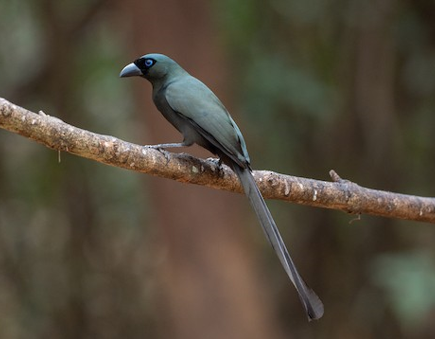Chulalongkorn University, Saraburi, Thailand
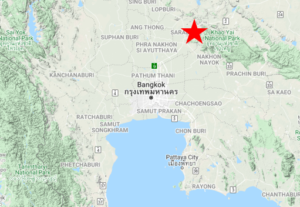
The rural campus of Thailand’s oldest university houses its primate research facility and experimental agriculture station, bordered by wooded, rocky hills and a reservoir. The blend of open, wet, brushy, and wooded habitats supports a large diversity of birds that seems largely undiscovered (or at least underreported). Most of the species typical of central Thailand’s brushland can be found here, including Chinese Francolin, Rufous-winged Buzzard, and Rufescent and Gray-breasted Prinias.
Orientation
Directions
The Saraburi campus of Chulalongkorn University is about an hour and 45 minutes’ drive (125 km) north of downtown Bangkok.
Take any of the major freeways north out of the city to the area where they converge about 45 km from downtown, then take Route 1 north-northeast toward Saraburi and the northern entrance to Khao Yai National Park.
Remain on Route 1 for about 40-50 km, depending on where you joined it. A few km before reaching the city of Saraburi, exit onto Route 362 eastbound.
After 10 km, make a U-turn to exit eastbound toward Wat Non Sapharam, turn left (north) at the first opportunity, go 800 km, and turn right (east) onto Route 4018.
After 6 km, at the T-junction turn left (north) onto Route 3222. Go 1.2 km, make a U-turn, return south for 600 m, then turn left onto Route 4011. After 1.2 km, turn left onto the main entrance road to the university campus.
Birdfinding
The Saraburi campus combines several productive habitats in a compact area. Much of it can be sampled in a morning, but it is big enough to occupy a full day and would require multiple visits to explore fully. It consists of two distinct areas, western and eastern.
The western area is the main campus, with three clusters of buildings arranged in a triangle around a diverse set of experimental agriculture plots. The plots themselves attract many birds, but the highest productivity seems to be around the northern perimeter—along the approximate boundary between the managed landscape and the forested hills.
Nature Trail. At the westernmost point of the campus is a short (~300 m) trail through the woods that gives good access to some interior undergrowth. The trees are short, so canopy birds are observable at close range when present.

Rufous-winged Buzzard. © Peter Paul
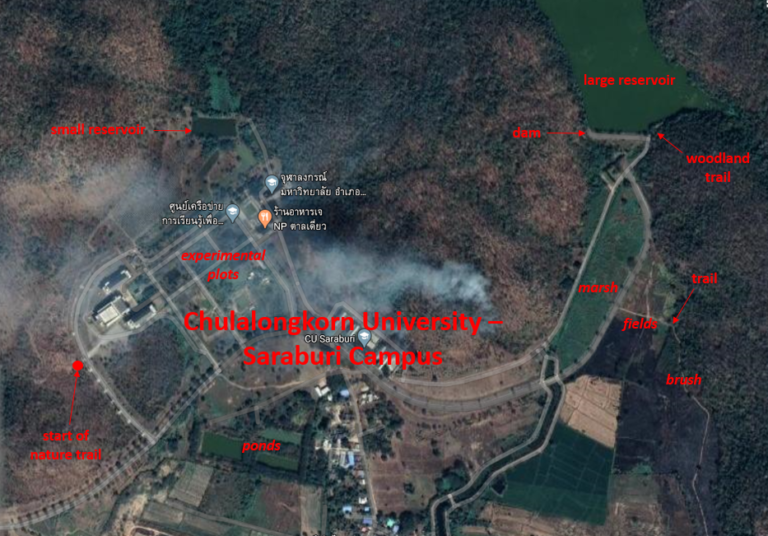
Forestry Plot and Small Reservoir. Walking north from the head of the nature trail along the edge of the campus will bring you through a semiopen edge area, then into an experimental forestry plot, then to a short tree-lined slough, and ultimately to a small reservoir at the northern end of the campus.
This area is productive for various woodland edge species, including Chinese Francolin, Freckle-breasted Woodpecker, and Rufescent and Gray-breasted Prinias. Raptors that seem to be drawn to this part of the campus include Shikra and Rufous-winged and Gray-faced Buzzards.
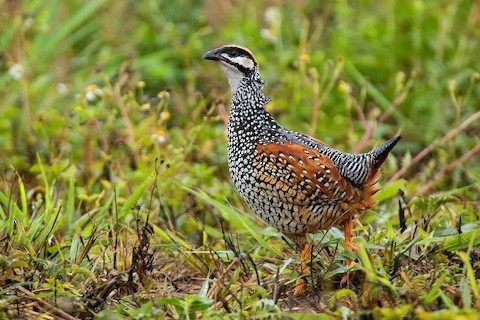
Chinese Francolin. © Ayuwat Jearwattanakanok
Marshes, Fields, and Brush. East of the main campus is a pair of parallel roads that lead to a dam and a sizeable reservoir. The towers and trees along the road are busy with bee-eaters and Ashy Woodswallows.
For the last 500 m, the area between these roads is a strip of marsh that attracts various wetland and grassland birds, including Lesser Coucal. On the western side of the marshy strip is a forested hillside that attracts many woodland and edge birds—including Lineated Barbet, Hair-crested and Greater Racket-tailed Drongos, and Rufous and Racket-tailed Treepies—especially in the early morning, when the direction of the sun is advantageous for viewing from the road.
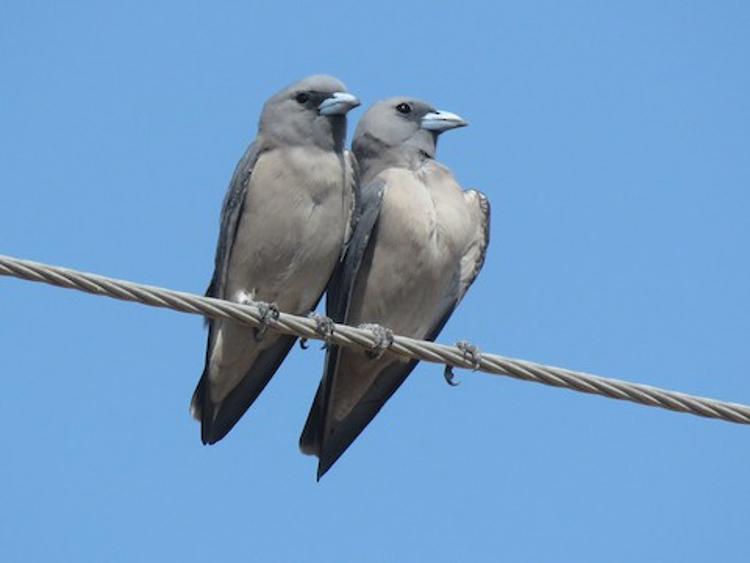
Ashy Woodswallows. © Selvaganesh K.
On the eastern side of the marshy strip are ploughed fields that are good for larks, pipits, and other open-ground birds. Then on the east side of the fields is a dirt road that passes through some brushy habitat for a few hundred meters.
Dam and Woodland Trail. At the northeasternmost point of the campus area is a tall dam that creates a reservoir flanked by extensive forested hills. When the water level is low it is possible to walk along the shore in either direction. The nearest settlement is around the temple Wat Ket Kaeo Mani, over 2 km to the north.
Walking the shoreline on either side will eventually bring you to trails that lead up into the hills. The first of these is a trail that starts at the eastern end of the dam and immediately heads into dense woodland that appears to support populations of many species typical of the Khao Yai foothills.

Greater Racket-tailed Drongo. © Abhishek Das

